A little history, for the Cubs
Ok, there has been more news since the Chicago Cubs won the World Series than you get in most years. But I still wanted to give some excerpts from what statisticians were writing the last time the Cubs won.
This is from “The Use and Misuse of Statistics in Social Work” by Kate Holladay Claghorn, in Publications of the American Statistical Association Vol. 11, No. 82 (Jun., 1908), pp. 150-167.
Her primary examples of ‘misuse’ are investigations carried out with inadequate sample sizes or measurement approaches and results presented in hard-to-understand ways, but she also writes about the harms of research
I didn’t recognise her name, but I see from Wikipedia that Dr Claghorn was the first woman at Yale whose PhD was actually awarded at the commencement ceremony, and that she became one of the founders of the NAACP.

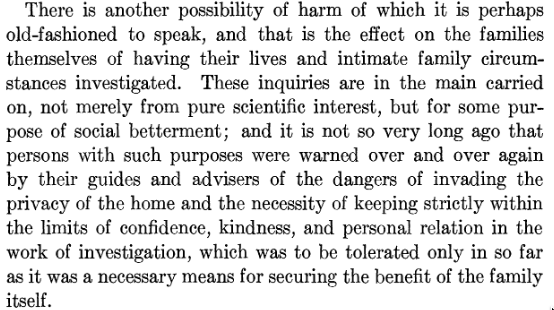

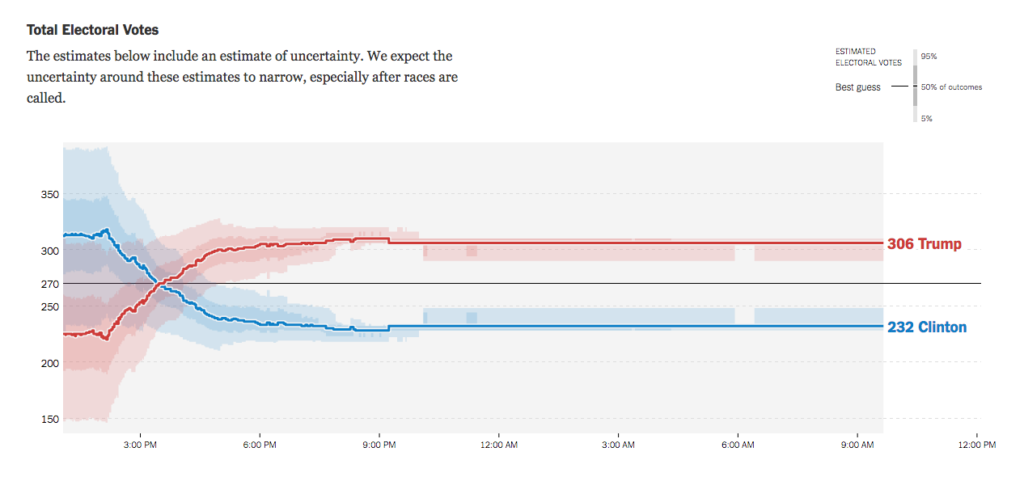
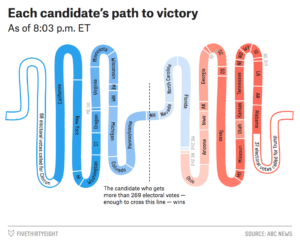
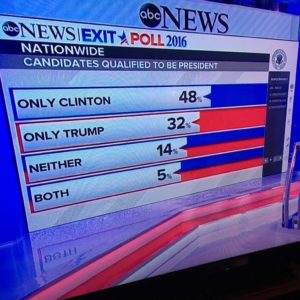
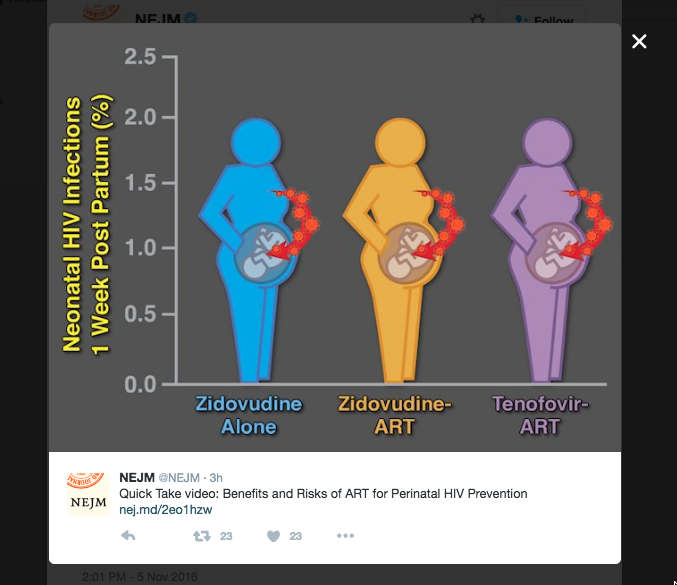
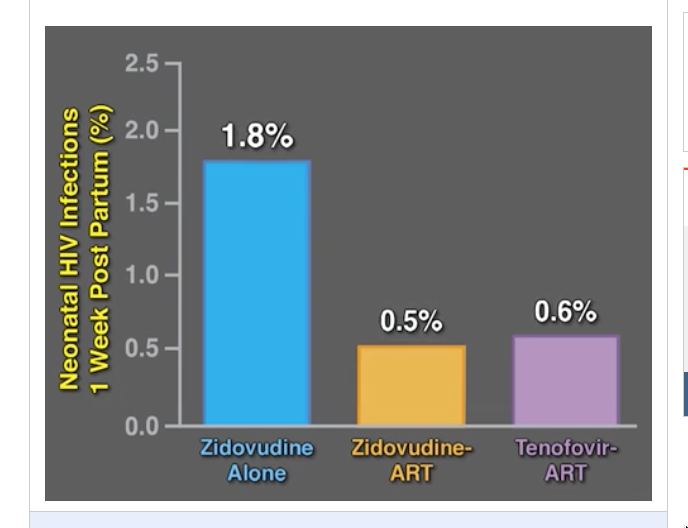
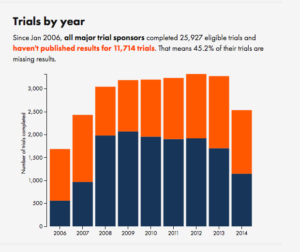
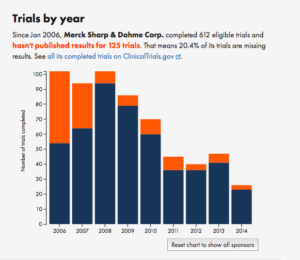
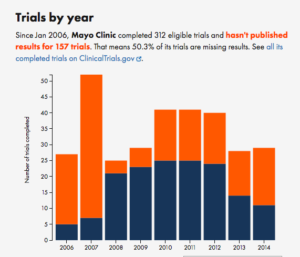
Recent comments